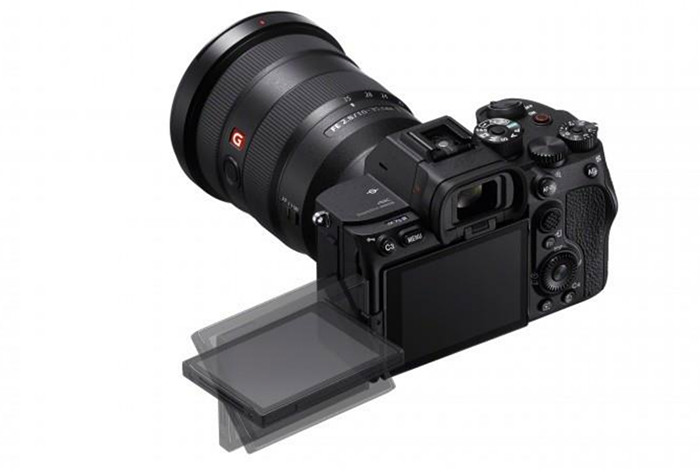No it doesn’t. Looking at an individual pixel doesn’t give you that information it is too focused, spend an hour cloning at 1:1 then zoom out to output size, it will look horrific.It sets limits on cropping, printing large and on postprocessing in general. The cleaner the image is, the more room you have for postprocessing. Full-sized image IS your photograph and starting point for any manipulations. Not a downscaled to instagram size thumbnail.
But then in the second sentence you hit the nail on the head, “the cleaner the image is” not the pixel “the more room you have for post processing” an individual pixel is irrelevant in assessing the cleanliness of the image.
I custom set a keyboard shortcut to zoom to the output size in PS, no resizing no downscaling just show me the image on screen the size I am outputting, doesn't matter if it is a 36” print or a 2” thumbnail, I want to see it on screen at life size. Only then will I know what I can do to the file, looking at a single pixel tells me absolutely nothing.
Last edited:
Upvote
0


